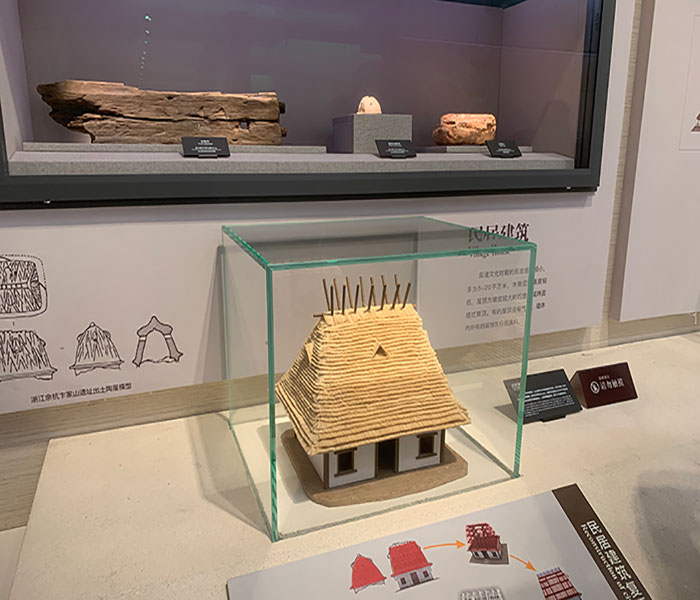Glass has become an indispensable material in modern architectural design and interior decoration. It not only provides a natural light source to create an open view but also serves as a design element to enhance the aesthetics and modernity of the building. Ultra white laminated glass, as a high-end glass product, has become the material of choice for designers and architects to enhance the visual effect indoors and outdoors with its desirable light transmittance and safety performance.
I. Understanding the characteristics of super white laminated glass
High Transparency: Ultra-white laminated glass has extremely high transparency, which can provide a clearer view of the window, minimize color deviation, and ensure the clarity and authenticity of the indoor and outdoor vision.
Safety: The PVB film in the middle of laminated glass can effectively prevent glass fragments from splashing, and maintain the integrity of the glass even in the event of breakage, thus improving the safety performance of the building.
Sound insulation: Laminated glass has a good sound insulation effect, which can effectively reduce the impact of external noise on the indoor environment.
UV protection: Ultra-white laminated glass can effectively block ultraviolet rays, protect indoor furniture from the effects of direct sunlight, and extend its service life.
Second, consider the application scene and demand
Indoor and outdoor visual effects: According to the positioning and design style of the building, select the appropriate light transmittance of the super white laminated glass to ensure the harmony of the indoor and outdoor visual effects.
Safety requirements: Determine the thickness and safety level of the super white laminated glass according to the geographical location of the building and environmental factors.
Privacy protection: In areas where privacy protection is required, ultra-white laminated glass with special treatments such as frosted or dimmed glass can be selected.
Sound control: In the environment where sound insulation is required, laminated glass with good sound insulation performance should be selected.

Third, the choice of material and manufacturing process
Raw glass: Choose high-quality raw glass to ensure the flatness and purity of the super white laminated glass.
Laminated materials: Choose high-quality PVB film or other laminated materials to ensure the safety and stability of laminated glass.
Manufacturing process: Understand the manufacturer's production process and quality control process, and choose a reliable supplier.
IV. Design and Installation Considerations
Design coordination: The application of super white laminated glass should be considered at the design stage to ensure its coordination with the overall design.
Installation professionalism: Choose an experienced installation team to ensure the correct installation and use of ultra-white laminated glass.
Maintenance and upkeep: Understand the maintenance and upkeep methods of super white laminated glass to prolong its service life.
V. Case Study and Effect Evaluation
Successful Cases: Analyse the successful cases of the use of ultra-white laminated glass in commercial spaces, residential areas, public buildings, and other fields at home and abroad.
Effect evaluation: Evaluate the actual effect of ultra-white laminated glass through user feedback and visual effect comparison.
Choosing the right type of super white laminated glass is crucial to enhancing the interior and exterior visual effects of a building. Through an in-depth understanding of its characteristics, consideration of application scenarios and needs, careful selection of materials and manufacturing processes, meticulous consideration of design and installation, and reference to successful cases, we can create both aesthetic and comfortable space environments based on ensuring safety. Ultra white laminated glass is not only a building material but also an artistic medium that can enhance the quality of life and architectural value.





